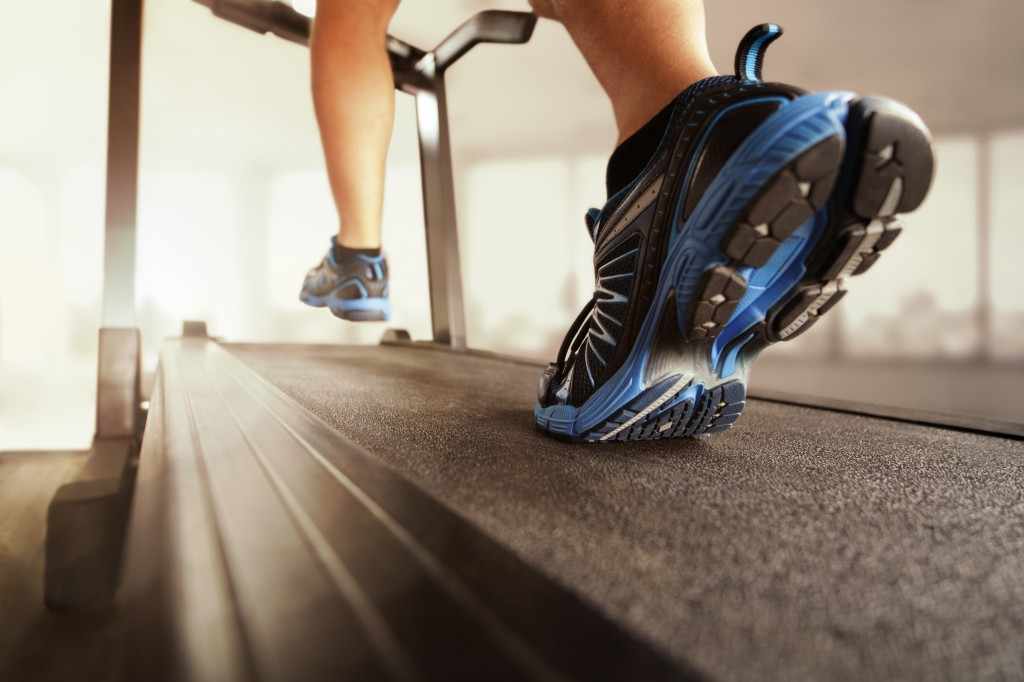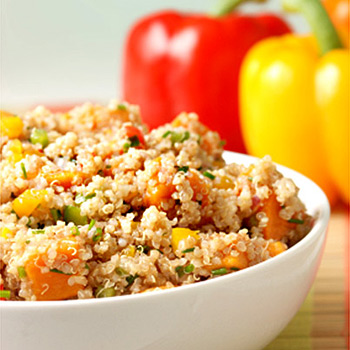Planning your first marathon can be an intimidating task. Maybe you have been sticking to 5K’s, 10K’s or even half-marathons and have been waiting for the right time to try a full marathon. Fortunately, transitioning to a full marathon is easier than you may imagine. Preparation for taking part in a full marathon requires planning and training in order to ensure a pain free and enjoyable marathon experience.
 The most important step in training for your first marathon is planning ahead. Especially for longer distances, such as marathons, planning months ahead is necessary. Adhering to running programs that gradually progress running distances and allow for appropriate days of rest will progressively load your body’s joints and tissues. This allows your body to adapt and rebuild over time. Typical running programs plan for cross training and strengthening on low or no mileage days. Running programs vary in length from 15 to 20 weeks and gradually increase mileage and allow for appropriate rest and recovery. Utilizing one of the many programs available is a crucial step in training.
The most important step in training for your first marathon is planning ahead. Especially for longer distances, such as marathons, planning months ahead is necessary. Adhering to running programs that gradually progress running distances and allow for appropriate days of rest will progressively load your body’s joints and tissues. This allows your body to adapt and rebuild over time. Typical running programs plan for cross training and strengthening on low or no mileage days. Running programs vary in length from 15 to 20 weeks and gradually increase mileage and allow for appropriate rest and recovery. Utilizing one of the many programs available is a crucial step in training.
 Long distance running is quite taxing on the body, particularly the feet. Choosing appropriate foot attire is essential to prevent tissue breakdown. While there’s no perfect shoe for everyone, it is important to find the right fit and type of shoe. If you have flat feet, arch supports or more sturdy shoes can help prevent excessive stress to your joints. Some people do well with more flexible shoes and some do not. Find what works best for you and go with it. Also remember that, like the treads of a vehicle’s tire, your shoes can and will wear out with use. Make sure to keep an eye on the integrity of your shoes in order to prevent injury. Shoes typically last around three hundred to four hundred miles before needing to be replaced.
Long distance running is quite taxing on the body, particularly the feet. Choosing appropriate foot attire is essential to prevent tissue breakdown. While there’s no perfect shoe for everyone, it is important to find the right fit and type of shoe. If you have flat feet, arch supports or more sturdy shoes can help prevent excessive stress to your joints. Some people do well with more flexible shoes and some do not. Find what works best for you and go with it. Also remember that, like the treads of a vehicle’s tire, your shoes can and will wear out with use. Make sure to keep an eye on the integrity of your shoes in order to prevent injury. Shoes typically last around three hundred to four hundred miles before needing to be replaced.
 Finally, don’t forget about recovery. Running has a significant effect on tissue breakdown in our body, which is always in the process of rebuilding. It’s necessary to get adequate amounts of sleep, eat a well-balanced diet (high in carbohydrates, low in fat, with sufficient protein), and drink plenty of water in order for the body to successfully recover.
Finally, don’t forget about recovery. Running has a significant effect on tissue breakdown in our body, which is always in the process of rebuilding. It’s necessary to get adequate amounts of sleep, eat a well-balanced diet (high in carbohydrates, low in fat, with sufficient protein), and drink plenty of water in order for the body to successfully recover.





